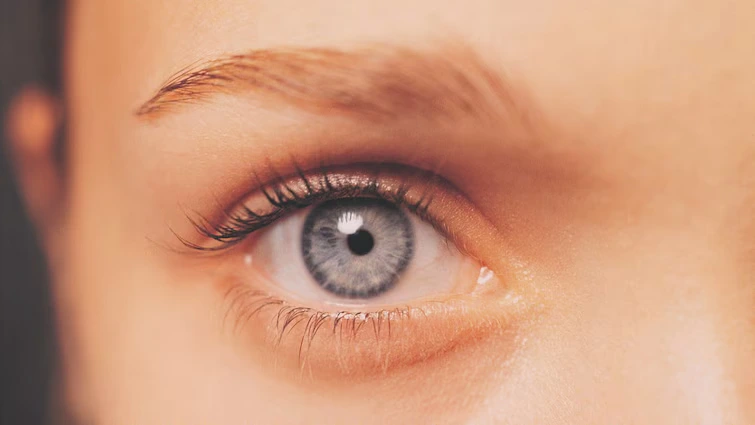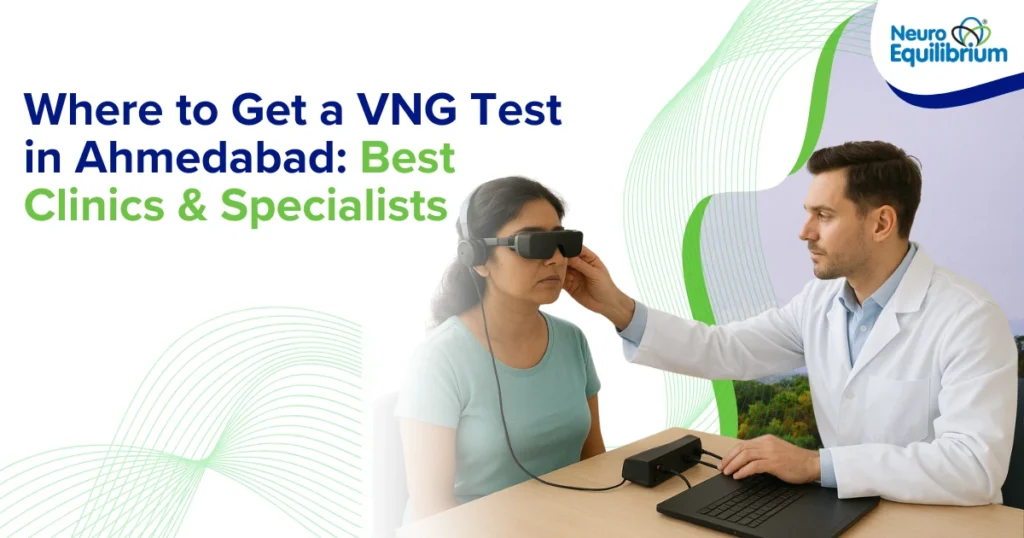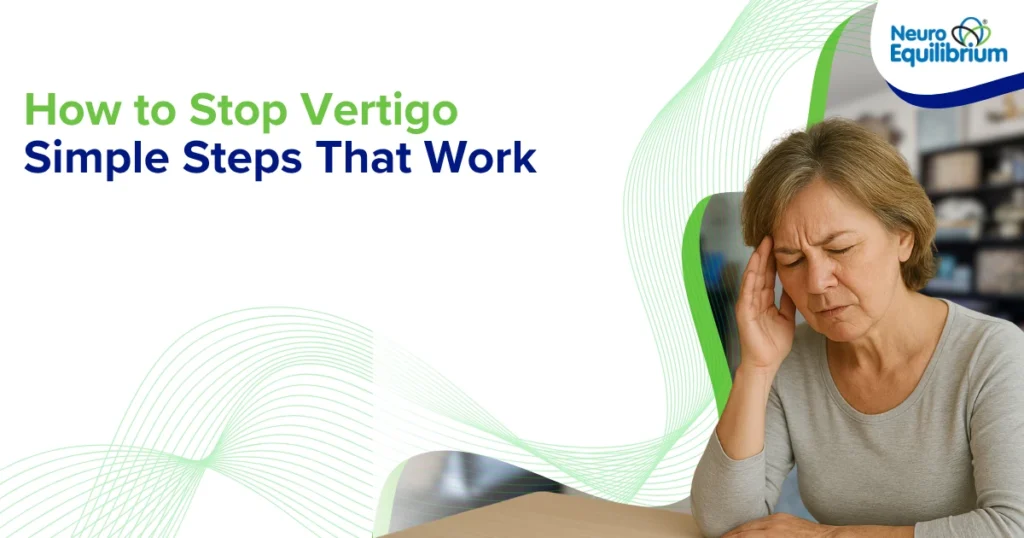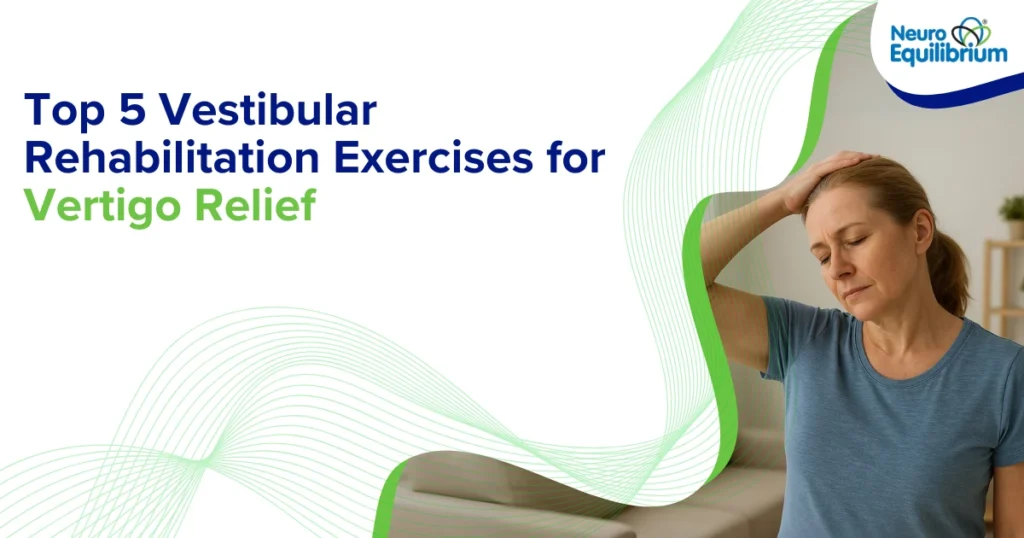A version of this article first appeared on ABP Live on 23rd December and is reproduced here.
When you shoot a video on a new smartphone, the video looks smooth, even when moving or your hands shake. This is called ‘image stabilization,’ and the Vestibulo-Ocular Reflex (VOR) in our bodies has a similar function.
Imagine you’re in a boardroom and quickly turn your head to see who’s speaking. Whether playing sports, watching tennis at Wimbledon, or walking along a busy street, every time you move your head, your eyes automatically adjust so that you see everything. This doesn’t happen by magic — thanks to an incredible ‘image stabilizing mechanism’ built into your body, similar to what new smartphones have. This system, called the Vestibulo-Ocular Reflex (VOR), ensures that no matter how much you move your head, what you’re looking at stays sharp and steady.
How Does This Work?
When you shoot a video on a smartphone, the video looks smooth, even when moving or your hands shake. This is called ‘image stabilization,’ and the VOR in our bodies has a similar function. Our bodies have a natural image-stabilizing system that keeps our vision sharp even when we’re on the move. The Vestibulo-Ocular Reflex ensures that your eyes move with an equal speed but in the opposite direction to your head so that the image you see stays still on your retina (the part of your eye that sees images).
The Secret Is In Your Ears
Believe it or not, your ears are responsible for this fantastic system. Besides hearing, your ears also help keep your balance as part of the vestibular system. They contain tiny sensors that track turning or angular movements (like when you nod your head up and down or turn it left to right) and linear movements (like when you walk forward or tilt your head).
These tiny sensors embedded in your inner ear are powerful enough to detect every slight motion of your head. They tell your brain exactly how you’re moving as if you have a GPS for your head. The information sent to the brain by the Vestibular System is processed to send quick signals to your eyes, telling them to move in the opposite direction of your head’s movement. This helps keep whatever you’re looking at perfectly still, no matter how fast you or your head moves.
The Cheetah’s Secret Weapon
The cheetah is the fastest animal on land. It gallops at incredible speeds when it hunts deer, its body bouncing up and down. If the cheetah were to lose sight of the prey for even a few seconds, it would never be able to hunt it. Yet, even with all that movement, its eyes always focus on the target. Its head stays steady, and the image of its prey doesn’t blur. The cheetah’s Vestibulo-Ocular Reflex (VOR) works so well that it can keep its focus locked on the prey while sprinting at full speed.
What Happens When VOR Isn’t Working Properly?
Now, imagine if your body’s image stabilizer malfunctions. If something goes wrong with the sensors in your ears, the balance nerves that send messages to your brain, or how the brain processes these signals, things can get blurry whenever you move your head. You could find it hard to see clearly while walking or looking around quickly, and everything might look shaky or out of focus.
People with this issue often think something is wrong with their eyesight and might go to an eye doctor. But, in reality, their eyes are perfectly fine. The problem is with the Vestibular System, which includes the balance sensors in the ear or the brain. To figure this out, doctors use special examinations like the video Head Impulse test, VNG-guided Caloric test, and Dynamic Visual Acuity tests to check if the Vestibulo-Ocular Reflex is working correctly.
The Wonders Of The Human Body
The Vestibulo-Ocular Reflex exemplifies how our body has highly evolved systems that work perfectly without us even noticing. Like the best technology, our bodies have been designed to handle complex tasks and keep us steady, balanced, and aware. So, next time you’re running, dancing, or playing a sport, remember that your VOR and Vestibular System are hard at work, keeping your world stable and in focus. The more we learn about our amazing body, the more we realize how it is an absolute masterpiece of design and engineering!
Frequently Asked Questions (FAQs)
What is the Vestibulo-Ocular Reflex (VOR) and how does it help vision?
The Vestibulo-Ocular Reflex (VOR) is the body’s image stabilizer, responsible for maintaining clear vision during head movements. It does this by enabling the eyes to move in the opposite direction of the head at the same velocity, thus maintaining the image on the retina. This reflex helps you see while walking, running, or when you need to scan your field of vision rapidly. Without it, our vision would be foggy each time we move. The VOR is used in daily activities and may involve fast, accurate pursuit movements.
Book a consultation at your nearest NeuroEquilibrium Clinic today.
What role does the Vestibular System play in maintaining balance and vision?
The Vestibular System, located in the inner ear, is essential for maintaining balance and clear vision. It contains sensors that detect angular and linear head movements, such as nodding or tilting. These sensors send precise signals to the brain, which directs the eyes to adjust their position accordingly. This process, part of the Vestibulo-Ocular Reflex, stabilizes vision and helps maintain balance. Without the Vestibular System, head movements would cause blurriness, making tasks like walking, running, or playing sports much more challenging.
Book a consultation at your nearest NeuroEquilibrium Clinic today.
What happens if the Vestibular System or VOR malfunctions?
If the Vestibular System or Vestibulo-Ocular Reflex is not working properly, the world appears blurry or shakes in different directions when the head is moved. This condition is usually due to an abnormality of the inner ear sensors, the nerves transmitting balance or signals, or a problem with the brain. Such individuals may think that they are experiencing vision problems when, in actuality, the complaint lies with the Vestibular System. These complications include vestibular disorder, in which doctors perform tests like the video Head Impulse test and Dynamic Visual Acuity tests to diagnose and treat patients correctly.
Book a consultation at your nearest NeuroEquilibrium Clinic today.
Why is the Vestibulo-Ocular Reflex important for activities like sports or walking?
The Vestibulo-Ocular Reflex is critical for maintaining clear vision during activities involving movement, such as walking, running, or playing sports. It ensures the eyes adjust to head movements in real-time, keeping the visual field sharp. For example, in sports, players rely on their VOR to track fast-moving objects or maintain focus during quick direction changes. Without it, even slight head movements would blur vision, impacting coordination and performance. This reflex enables smooth and stable visuals essential for dynamic activities.
Book a consultation at your nearest NeuroEquilibrium Clinic today.
















